Kiftsgate Hall Gardens - Enchanting Havens
- Lilium
- Jun 1, 2022
- 5 min read

Kiftsgate Court Gardens is situated above the village of Mickleton in the county of Gloucestershire, England. The gardens, famed for its roses, are the creation of three generations of women gardeners. Started by Heather Muir in the 1920s, continued by Diany Binny from 1950, the gardens are now looked after by Anne Chambers and her husband.
I visited Kiftsgate in September with a companion in tow, straight after a visit to Hidcote. It was to be a week of gardens but I must admit, one part of this garden stands out in my memory above all the others.
We arrived and parked next to a beautiful 1920s car that belonged to another visitor. I was extremely besotted by it, so much so that my companion had to drag me away while reminding me that we were here to visit a garden. We walked up to the visitors desk in front of the house where we were greeted by Anne Chambers and handed a map.

We headed through a small gate and round the side of the house, stopping to pick up scones and made our way round the Four Squares to have them on the portico terrace. This bliss was short lived as we were soon descended on by wasps who were adamant that we should share are strawberry jam. We grabbed our scones and ran down into the White Sunk Garden under the disdainful gaze of visitors who disapproved of the slight ruckus we were making.
The White Sunk Garden was crammed with plants that framed the centre courtyard. We sat on vivid blue chairs and watched the fountain trickle as we finished our scones. The fountain was beautiful, it looked as though it had been plucked from a medieval monastery and we spent some time studying the images and stories that had been carved into it. I later found out that it was in fact a well head that framed the fountain which came from the Pyrenees, its carvings were bucolic activities such as harvesting, hunting and wine making in each of its twelve panels. The garden was tranquil and the flowers bobbed in the breeze.
We made out way back to the Four Squares to start the numbers on the map in order. This was one of the jewels of the gardens. Four rectangular beds were planted with a mixture of rare shrubs and perennials, honeysuckle rambled freely under roses, a sundial sat at its centre. From here one could admire the house as well as the garden, which made a beautiful backdrop to the Four Squares.
From here we made out way to the Wide Border. With a grass path running through its centre, the double border was planted with tones of pink, mauve and purple against grey foliage. In tune with the other gardens we had seen so far it was crammed with plants that tumbled to the edge of the path. To our left we were shaded by the tops of Scotch Firs that lived further down the gardens.
We were once again in the White Sunk Garden and we were making our way through into the Bridge Border but were lured right, into the Rose Border. The borders were filled with a mixture of old fashioned, specie and modern roses, which were now slowing down from their peak at high summer. It was easy to imagine the overpowering scent in June. Amongst these roses was Rosa Filipes 'Kiftsgate', it had finished flowering but it is said that "in early to mid July it is a remarkable sight when it is covered in panicles of white blooms and resembles a cascading waterfall amongst the trees."
Through a door in a hedge the Wild Garden could be seen but it had been taped off during our visit so we made our way down to the Water Garden. Here was where all of the other visitors had congregated which my companion and I found odd as there were no flowers, just a large rectangle water feature with an island at its centre and an art piece of hearts on metal sticks that were stuck in the water like candles in a birthday cake. It was far too contemporary for our tastes and coupled with the crowd we moved swiftly on.
The path continued to slope down as we made our way along the Yellow Border. Dappled with sunlight, the flowers of blue delphinium sung out amongst the yellow of dahlias and the green foliage of the lilies. Delphiniums have always been a favourite of mine and I was delighted to see that a few were quite taller than me.
Sloping down into the North Border and we were standing amongst Scotch Firs and Monterey pines. My companion and I had never seen Scotch Firs before and so we lingered on the uneven cobble stone steps to admire their silver bark. When I turned around my companion was gone. They have a particular habit of collecting pine cones when we visit gardens to bring home as a souvenir and the possibility of finding a new type of pine cone amongst these rare varieties of tree was too hard to resist. They reappeared moments later from the shrubbery with their treasure, a beautiful silvery pine cone, the likes of which neither of us had ever seen before. We had a few strange looks from other visitors over our admiration for what they perceived as "just" a pine cone but to us, it was the most precious of treasures.
We continued down the rickety steps and were so busy concentrating on our footing that when we finally looked up our jaws dropped at the view. The distant hills of Malvern could be seen beyond the Vale of Evesham, the sun was dropping and had lit the entire valley in gold, the banks were soaked in sunlight so bright that it was blinding. At the bottom of the steps was the swimming pool lawn, the pool was a rich blue and shaped in a semi circle following the line of the haha. A forest ran along the edge of the bank and the little white dots of sheep could be seen below, their voices echoing along the valley.
Here we rested for some time, sitting on a stone bench and gazing at the view. To our right was a small folly and all around us were other visitors also stunned silent by the view. We reluctantly made our way back up the bank as we could not linger there forever. Half way up the bank was a swing seat beneath a summer house where two visitors were quite determined to sit, despite the sun blazing so fiercely that they could hardly bring themselves to lift their hands shielding their eyes to enjoy the view.

Returning up the bank and through the edge of the woods and we were back at the entrance. We briefly browsed the plants for sale, coming across unusual varieties that we had not heard of before, and then made our way home in a garden daze and a state of disbelief of all the beauty we had seen in one day.
Reading Recommendations & Content Considerations

Three Generations of Women Gardeners
Vanessa Berridge























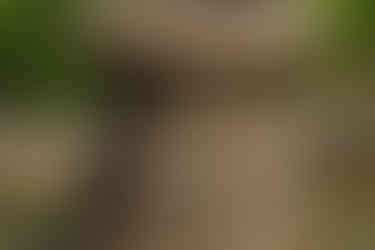




































































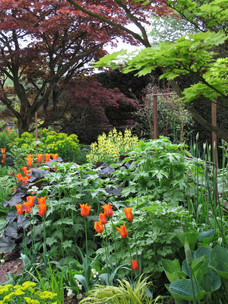

































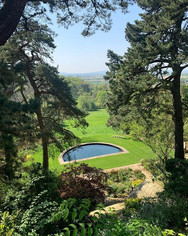



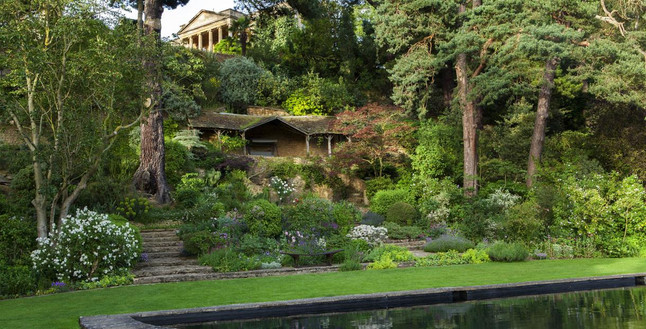

























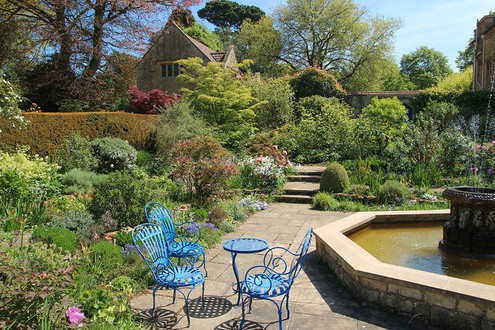































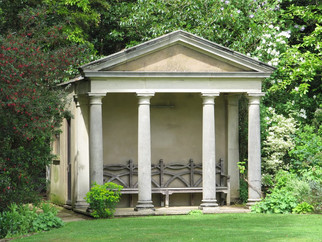







































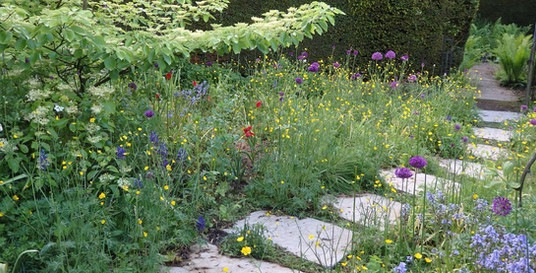






ความคิดเห็น